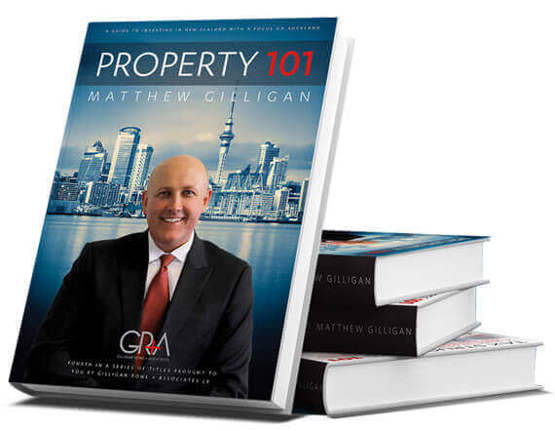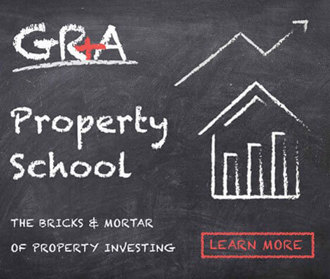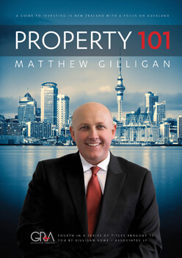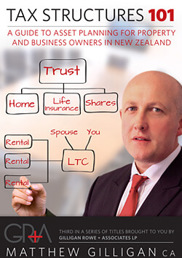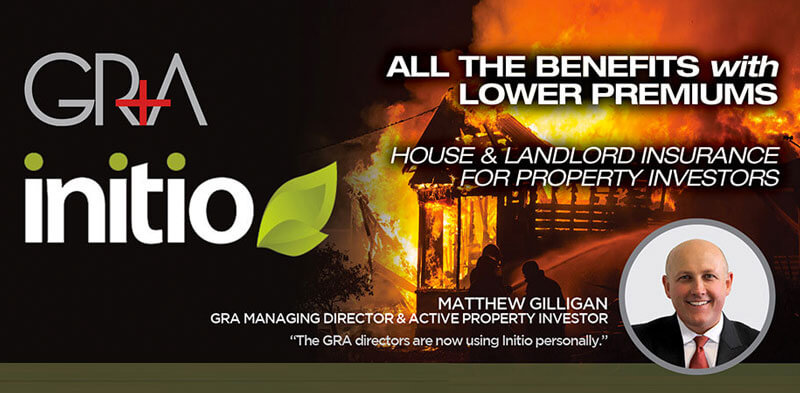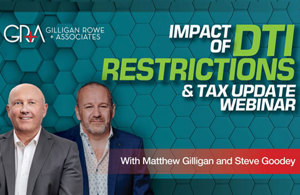
The Auckland Council is in the process of drafting Auckland's Unitary Plan. So what is the Unitary Plan and why should we all be interested?
The Unitary Plan is one of the key tools that will be used to formulate the Auckland Plan - the vision for the city and the parameters surrounding its growth. The Council's aim is for Auckland to become the world's most liveable city, and the plan outlines how this is going to be achieved. One of the advantages of living in a city like Auckland, is that members of the public can have a say about the vision, and how they think it can best be realised - and now's the time for anyone with an interest in how the city should grow to speak up.
• how to create a higher quality and more compact Auckland
• how to provide for rural activities
• how to maintain the marine environment.
It addresses various aspects of city design, including:
• the Resource Management Act
• the environment (e.g. management of water quality and coastal areas)
• the city's heritage
• business and metropolitan centres with a focus on increasing accessibility to jobs and facilities
• housing, encompassing affordability, urban design and ensuring good quality homes.
Not only will these people need somewhere to live, they'll also need to be able to afford to live there. Both factors must be addressed if Auckland is to become the world's most liveable city.
1. Increase density
At present, approximately 70% of subdivision comes form the intensification of existing land use; in other words, knocking down houses and rebuilding with multi-storied apartment buildings. While this may indeed create more dwellings, many Aucklanders don't actually want to live like this, and it's worrying that this strategy is being rammed down our throats.
2. Greenfield development
The second possibility is the development of rural land in key areas on the outskirts of the city. This is a good idea in theory, but the greenfield development the Council is currently proposing will not be nearly enough to result in the supply of affordable housing it so desires. We believe a great deal more land needs to be opened up for development.
We are not the only ones with this opinion. The "Residential land available in Auckland” report released by the Ministry of Business, Innovation and Employment, showed that Auckland will have to significantly increase the supply of land in order to meet targets set by the Council itself. One of the consequences of more greenfield development is extra pressure on transport and infrastructure, and this is something the Council would need to urgently address. Unfortunately, getting Council to move fast on anything involving infrastructure can be a big ask.
Addressing housing supply is only one part of the equation. The other part is affordability, and at present the costs and massive amount of red tape involved means that building affordable housing is practically an oxymoron. Developers just aren't interested in building homes if they can't make a profit. There are several problems developers face, and the Council can have a direct impact on the first two.
1. High council fees: The astronomical fees the Council charge act as major deterrent to developers. According to a November 2012 New Zealand Herald article, it costs on average $90,000 to subdivide a section. When you add that on to the costs of the land and construction, you can see why homes can't fall into the "affordable" $350K to $450K price bracket.
Yes, development puts pressure on infrastructure, and that has to be paid for somehow, but as Aucklanders we are all affected, and perhaps it would be better for everyone to take responsibility by having some of these costs socialised over future generations.
2. Red tape: The building and resource consent process is notoriously, frustratingly slow and difficult, and this adds to the extraordinary costs developers face. The coordination of the various aspects involved in getting Council to sign off a resource consent is next to impossible. Developers can be hanging around for months on end waiting for the Council to get its A in to G and process consents, and all this time they must cover the costs of owning the land they plan to build on. These costs include loan interest payments, which for a large subdivision, can be huge.
This problem could easily be circumvented if Auckland were to adopt a cheap and accessible Land Court process, like many Australian cities have. These courts are in place to order councils to issue consents if they haven't done so within the required timeframes. The Australians understand that development is important, and that developers should be encouraged and supported in providing affordable housing, which is crucial both socially and economically. This single initiative makes Australia a much less risky environment to develop in. I speak from experience - I got 10 subdivision consents in Melbourne for relatively complex urban planning work. I used land court 10 times, and each time they told the local council off for mucking around and gave me a consent to develop in 3 weeks from application. As a developer paying the interest bill and taking the risk - this is a game changer. We need this in New Zealand.
3. High land cost: According to Quotable Value Ltd the average price of a bare section in Auckland in the last quarter of 2012 ranged from $450K in Auckland Central, to $213K in Franklin. In many areas sections are above the "affordable" price bracket before they even have a house built on them.
4. High construction costs: At around $1700 per square metre as estimated by the Ministry of Business, Innovation and Employment, the costs of construction added to the council costs mentioned above, make building affordable homes very difficult. As a comparison, an article published in January 2013 notes that in Australia construction costs are about 75% of those in New Zealand.
The Land Bank Opportunity
The scarcity of housing in Auckland will not be solved overnight. It does, however, represent an excellent opportunity for investors. Buying land in zones that are going to be intensified offers potential for making good gains through capital growth, higher than is normal on surrounding assets due to the zoning changes.
HAVING OUR SAY ABOUT THE UNITARY PLAN
The Council is in a strong position to positively influence the affordable housing supply, but they are going to need a firm nudge from people like you and me to make that happen.
So, our suggested submissions to council regarding the Unitary Plan are twofold:
1. Open up significantly more rural land for development, but support it with transport solutions like rail.
2. Make it easier for developers to build affordable homes by
a. reducing council fees and
b. making the consent process easier and more streamlined.
Big picture, New Zealand needs a land court that is cheap and quick to appeal to. This will help solve scarcity.
We want Auckland to be the world's most liveable city too, and we'll be putting in our submissions to make sure we have our say. If you want to do the same, go to Unitary Plan and fill out the online feedback form.

Matthew Gilligan
Managing Director and Property Services Partner
Did you like this article? Subscribe to our newsletter to receive tips, updates and useful information to help you protect your assets and grow your net worth. We're expert accountants providing expert advice to clients in NZ and around the world.
Disclaimer: This article is intended to provide only a summary of the issues associated with the topics covered. It does not purport to be comprehensive nor to provide specific advice. No person should act in reliance on any statement contained within this article without first obtaining specific professional advice. If you require any further information or advice on any matter covered within this article, please contact the author.
Comments
Testimonials
The Leaders event was without doubt the most useful day I have spent in a very long time...Many thanks - Rob, May 2018
Property 101by Matthew Gilligan
Investing in residential property?
Put this at the top of your reading list.
If you're investing in residential property, seeking to maximise your ability to succeed and minimise risk, then this is a 'must read'.
Matthew Gilligan provides a fresh look at residential property investment from an experienced investor’s viewpoint. Written in easy to understand language and including many case studies, Matthew explains the ins and outs of successful property investment.
- How to find the right property
- How to negotiate successfully
- Renovation do's & don'ts
- Property management
- Case studies and examples
- and much, much more...


